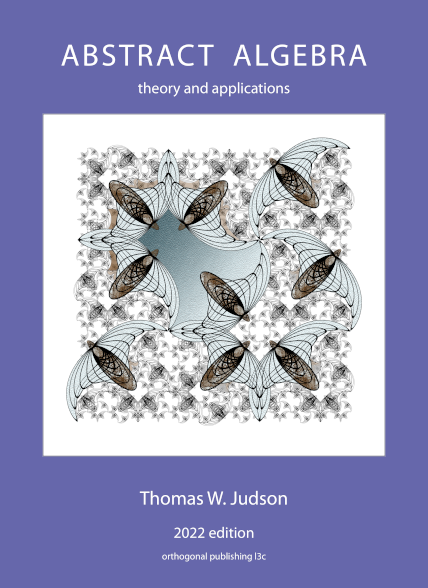1.
Examples 14.1–14.5 in the first section each describe an action of a group

